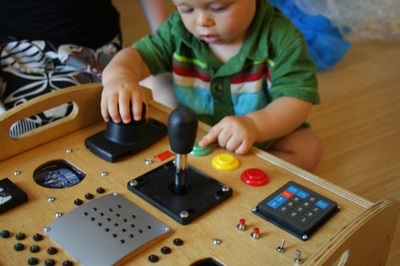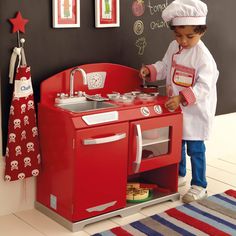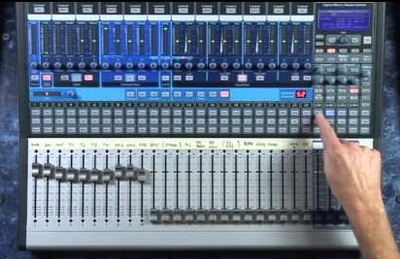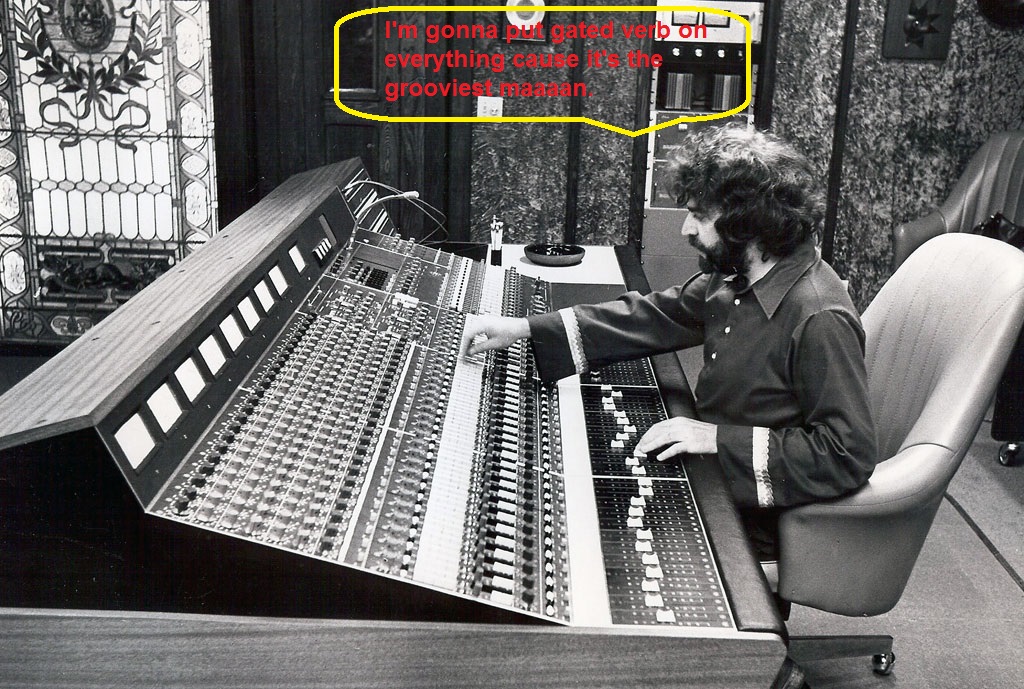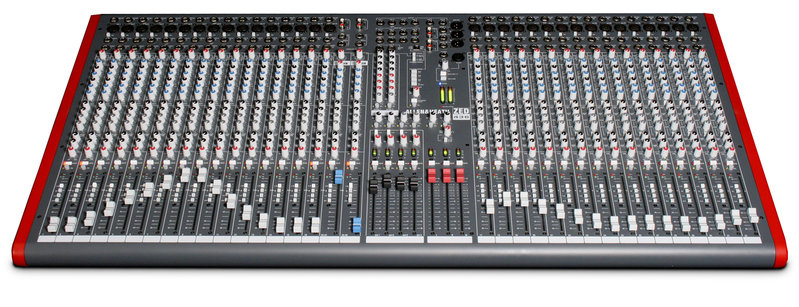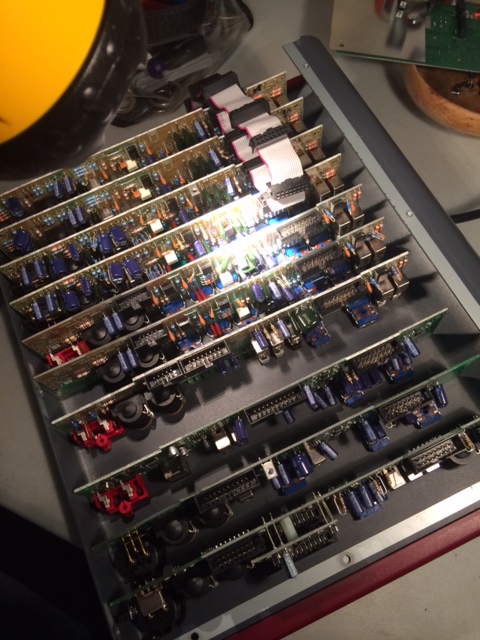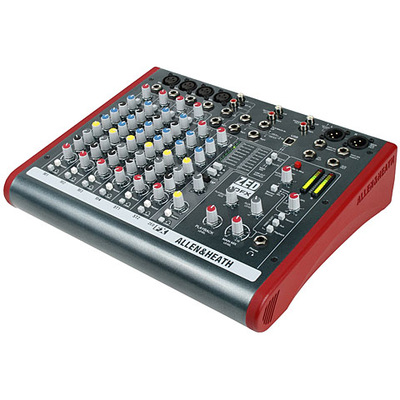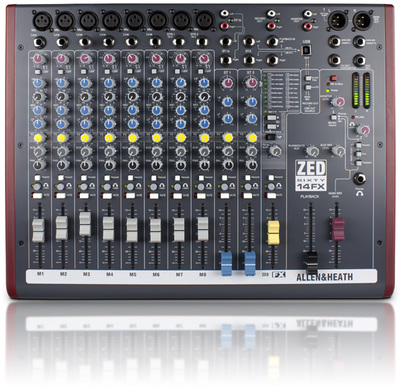BE INTENTIONALAs an audio engineer, you should be VERY intentional about everything you touch in regards to how you present music. As an audio engineer, you should be VERY intentional about everything you touch in regards to how you present music. As an audio engineer, you should be VERY intentional about everything you touch in regards to how you present music. MAYBE YOU SHOULD READ THAT AGAIN... Random Examples: Ask the drummer to use stronger dampening on toms during fast songs so that the decay of the toms match the tempo of the song, and less dampening for slower songs. Use a delay calculator to calculate the pre-delay of your verbs so that they are enacting and decaying in rhythm of the song. Kind of like this one or this one. Or 60,000/bpm = ms. Half it, quarter it - you get the idea. If running sound live, and you are using a stereo system, match the panning of the guitars, keys, percussion, and background vocalists to their actual physical place on the stage. Often times, reverb is better "felt" than heard; especially on faster songs. Learn Mic Placement. EQ is a last resort after you've done everything you can with instrument choices, mic choices, mic placement, etc. Listen to this song with headphones on: Did you notice anything? Listen to it again. Hint: The Toms. Oh that's too hard. It's "funner" to randomly push buttons and turn knobs.
0 Comments
Disclaimer: This is all in good fun. Don't take this stuff too seriously. NEVER That's right. Never. OH ALRIGHT....there are a few times that using a gate is okee dokee (in no particular order): 1. Heavy Metal Thunder Guitar Dudes - You know, those dudes that say "Yeaaaaah" & "Rah" before every guitar solo? 2. For That Never Before Used Effect of Gated Reverb: 3. Broken Instruments (because you know, rather than actually fixing it, it's better to just cut it off at the end of every note). 4. Cheap Rack Fillers to Make Your Client Think You Have A Ton of Gear: The Only Good Use For A Gate: Ooooh, Alright Alright - There's one cool thing you can do with an audio gate: You can attach a frequency generator to it, and adjust the generator at around the 50-80hz region. Then key the gate using the kick drum. Run the output of the gate to the console, and there you have instant low end beef. "Boooom." Or, you can also use this technique with white noise and a snare. Blend to taste. Yes it works. ORRRR - YOU CAN JUST USE A GOOD SOUNDING KICK OR SNARE, AND MIC IT CORRECTLY. Build Quality It is hard to imagine a better built mixing console at this price point. Everything seems sturdy. The unit is actually decently heavy, and all of the controls feel robust. 100mm Alps faders in this price range is a definite plus! XLR and 1/4" connections are solid. Nothing loose. Nothing rattles. Let's see how she sounds! Sound Quality It makes no difference how well a console is made if the sound quality isn't there. For my review, I put the test unit through a variety of scenarios. The unit I had, was the ZED 420. This model is a simple little beast of a console, and learning where everything is, was a snap. Instruments sound natural and not sterile - major props to A&H for great sounding microphone preamps. The EQ was surprisingly powerful for the cost of this unit, and would work fine for most mixing duties. I have found the ZED to be dead quiet. Had it not been for the lit L.E.D.'s, I wouldn't have known that it was on. It's that quiet. Drums sounded natural, bass sounded great, guitars rang out naturally, and the voxes were well represented. This really is a no-fuss kind of console where you can turn out a mix extremely quickly - very cool for the weekend warrior volunteer type at a church or similar facility. Feature Set As you can see below, the Allen & Heath offer different varieties according to what the end-user would need. So far, I have used 3 of the below models. The ZED 420 is located in a church here in South Louisiana, and has proven to be a rock-solid FOH mixing platform for a church that had a small budget. They bought theirs when this model first came out, and have had absolutely no issues. I have also used the ZED 18 for a while now at my church for sub-mixing duties on stage, and it has worked flawlessly. I have a friend of mine who lent me his ZED 14 so that I could put it through its paces as well for recording. For my next test, I decided I would record a quick & dirty demo using the USB interface included in most ZEDs. For this test, I used my trusty AT3035 going straight into the ZED, and a USB cable coming straight from the console to my laptop running Reaper. There were no issues with Mac nor Windows in finding the right driver. Simple! I used a cheap acoustic guitar, laid down a couple of rough vocals, and used some tupper-ware containers for drums. Oh yea, I also used a little shaker I had laying around. Let's see how she sounds (listen with headphones to get a decent representation of what the mic pres sound like): I know, I know - don't blame the console for my quick little demo, but hey, this little no-fuss console is a real jewel, and allot of fun! In conclusion, I really don't see any problem whatsoever in recommending the ZED series if you need a simple to use mixing platform for churches, schools, or lighter mixing duties for a production company! Granted, they aren't the most feature rich consoles you can buy, but they indeed have most of what you could ever need for most situations! Highly Recommended!
|
Do you like vintage recording gear and articles? You should visit our sister site: The Vintage Audio Portal!
**Advertise With Us! We have thousands of visitors a day. Contact us here to learn more.
Archives
August 2021
Categories |
